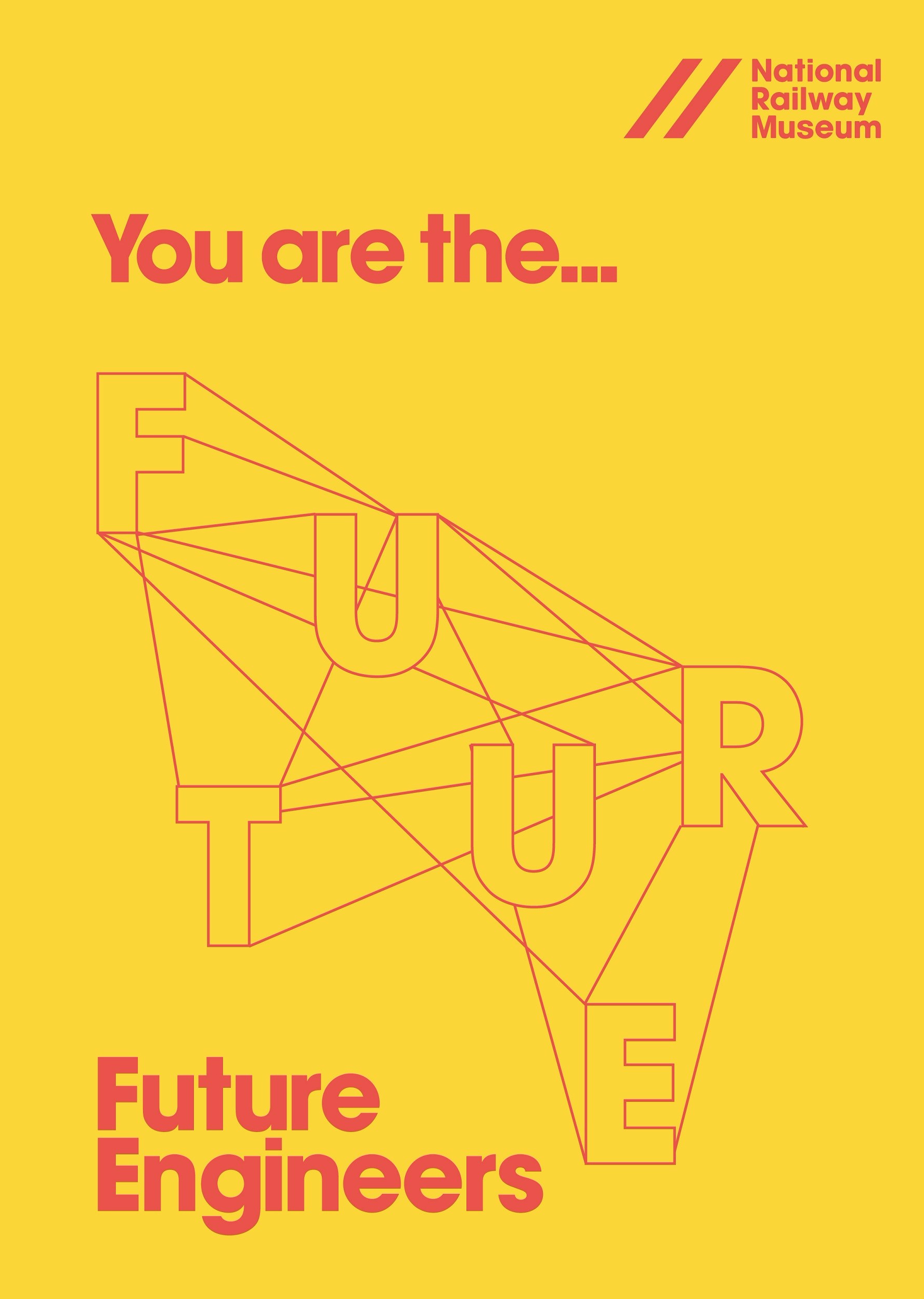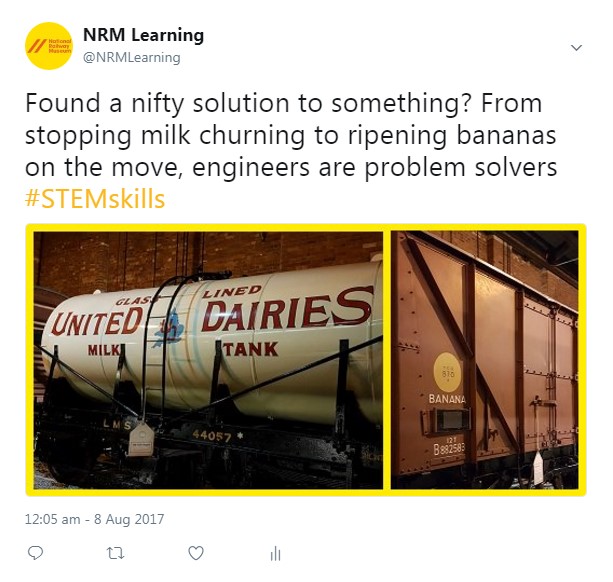Asking questions and making observations, sharing ideas and finding evidence to support them: it’s a way of working that’s invaluable in almost any job. Skills are also key to increasing society’s scientific literacy, helping us think critically about information and make informed decisions.
Whether it’s talking about science or spotting patterns, the experiences we provide in museums and science centres give visitors the opportunity to use the same skills used by scientists and engineers.
But are we missing a trick?
We use STEM skills every day, from giving presentations at work to playing video games, but often without realising it. By helping people to recognise that they have these skills, we can boost their self-efficacy around science and give them greater confidence to take part in science-related activities. Providing opportunities for visitors to use their STEM skills isn’t enough. Highlighting the transferability of STEM skills – helping visitors recognise where they use these same skills in everyday life – helps more people to find science relevant and useful.
Across the Science Museum Group, we’ve tried various ways to highlight the skills visitors use, both in our museums and beyond. Here are just a few examples…
Events
To help address the STEM skills gap, our annual Future Engineers event at the National Railway Museum celebrated engineering skills. Our aim was to help families and schools see that STEM skills are transferable and useful, whatever your future aspirations.
 Engineers told us that the top three skills they used were: curiosity, creative problem solving and teamwork. We found that few people would raise their hands when we asked whether anyone had used these skills recently, but following this up with examples helped people recognise that they have these skills and use them in everyday life. After asking whether anyone had Googled the answer to a question, turned the brightness down on their phone to save battery or played a team sport, everyone’s hand was up. Making the connection between engineering skills and visitors’ experiences meant more people recognised that they have these skills and to see the relevance of STEM skills to their lives.
Engineers told us that the top three skills they used were: curiosity, creative problem solving and teamwork. We found that few people would raise their hands when we asked whether anyone had used these skills recently, but following this up with examples helped people recognise that they have these skills and use them in everyday life. After asking whether anyone had Googled the answer to a question, turned the brightness down on their phone to save battery or played a team sport, everyone’s hand was up. Making the connection between engineering skills and visitors’ experiences meant more people recognised that they have these skills and to see the relevance of STEM skills to their lives.
Resources
As part of our Building Bridges project, we created the Try This… activity book which aimed to build awareness of the science skills we use every day. It included a ‘You’ve got skills!’ page which encouraged people to reflect on the skills they’d used in each activity. Telling people that they have the same skills as scientists and engineers can give people more confidence to participate in science activities.
We have also added a footer to all our hands on activities, which highlights what skills you will use. Exhibitions
Exhibitions
The introductory text for the Curiosity Zone at Life Science Centre encourages visitors to ‘think like a scientist’ and follow their curiosity:

Marketing & social media
Social media is another good platform for asking questions that draw links between science skills and visitors’ own experiences. For example:

How do you help visitors recognise the STEM skills they use in everyday life?